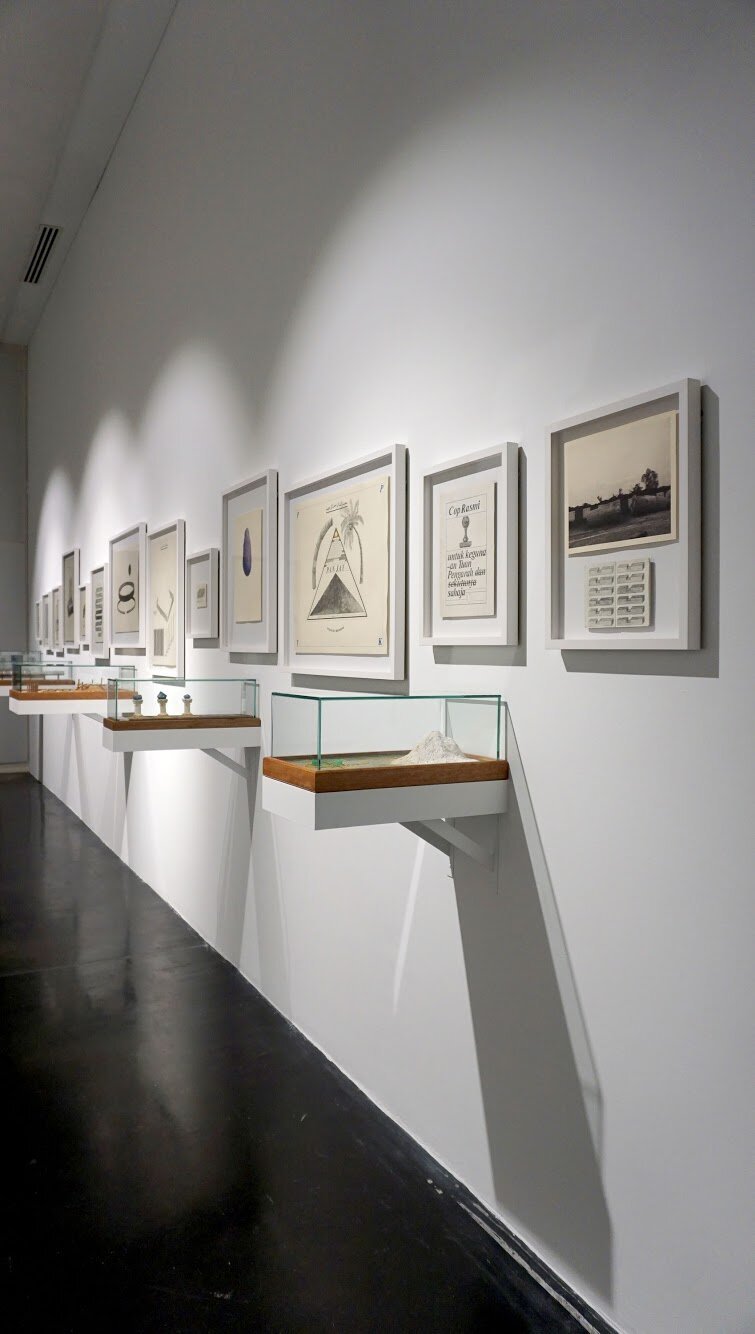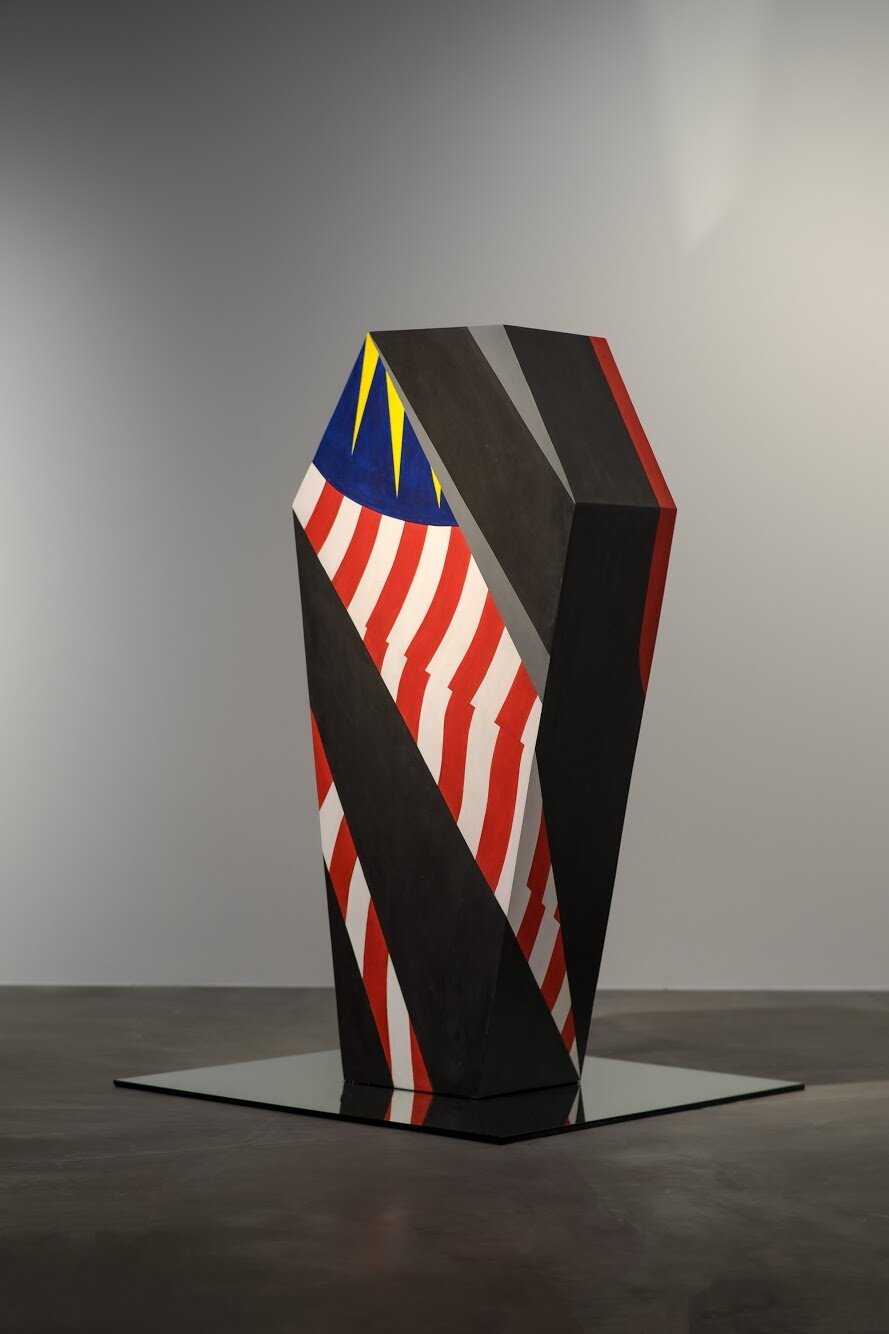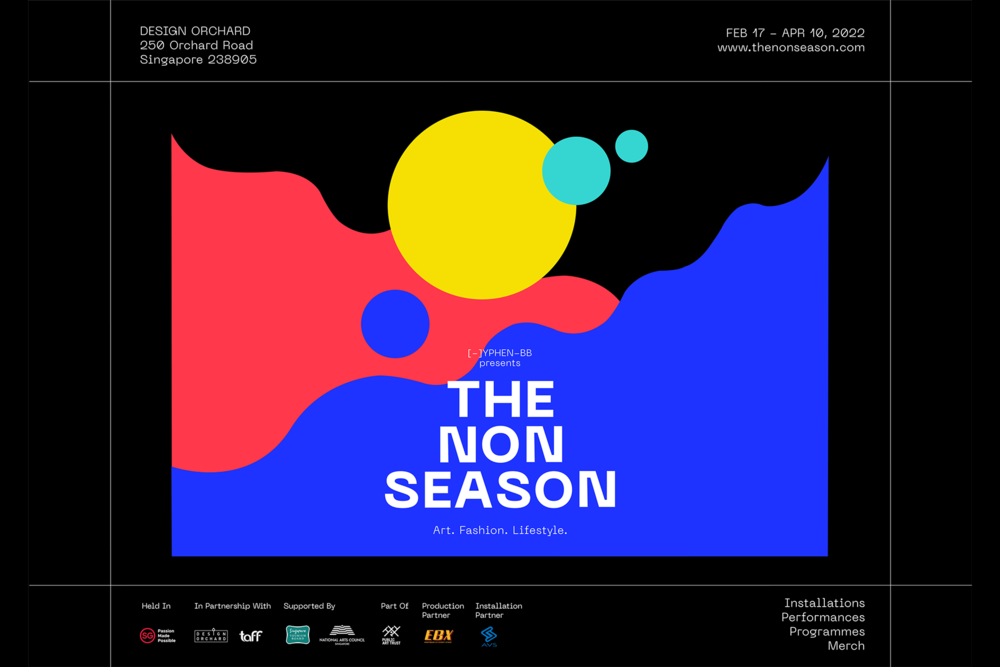ILHAM collaborations with The Factory and SAM
'Domestic Bliss' and 'The Body Politic and the Body'
By Ian Tee
'The Body Politic and the Body,' 2019, exhibition installation view. Image courtesy of ILHAM Gallery.
Since their inception in 2015, ILHAM Gallery has partnered with various institutions such as Para Site Hong Kong ('Afterwork', 2016-17), MAIIAM ('Patani Semasa', 2018), and NUS Museum ('Rediscovering Forgotten Thai Masters of Photography', 2019). All three projects were touring exhibitions, which made a stop in Kuala Lumpur. ILHAM's latest collaborative exhibitions move beyond this model to engage more deeply with local practitioners and critically to the Malaysian context and art history.
'Domestic Bliss' and 'The Body Politic and the Body', organised in collaboration with The Factory and Singapore Art Museum (SAM) respectively, are decidedly different in scale but both carry a similar ethos of education and exchange. The former is part of an ongoing programme initiated by The Factory called 'Pollination', which seeks to create opportunities for emerging artist-curator communities in Southeast Asia. It is envisioned to be a long-term project between different institutions, realised each year in a different city. Participants for the second edition are curators Khatijah Rahmat (Malaysia) and Lê Thuận Uyên (Vietnam), and artists Izat Arif (Malaysia) and Hoàng Minh Đức (Vietnam, based in Australia).
Hoàng Minh Đức, 'Thuyền mông lung' (Waters in the air), 2019. Image courtesy of the artist.
'Domestic Bliss', 2019, exhibition installation view of Izat Arif's works. Image courtesy of ILHAM Gallery.
The result of their six month-long collaboration is 'Domestic Bliss', a show dealing with notions of home and belonging. For Hoàng, who was born in Vietnam and now resides in Melbourne, the theme relates directly to the struggles of assimilation and retaining his own cultural identity. He works primarily with performance and the piece 'Waters in the Air' uses a boat precariously suspended in mid-air as a symbol of escape and displacement. The rawness of Hoàng's expression mirrors his honesty in speaking about the difficulty he experienced arriving in a new country. "My practice was scattered and almost non-existent after coming to Australia,” the artist shares. “Even though I was introduced to some art spaces and artist friends asked to meet me, I was unable to speak their language and said no to all opportunities. This project is a return to art making."
Turning the gaze inwards, Izat reflects on the social confines of being 'Malay' and the myth-making institutions of nationhood. His series 'Taman Kenangan' (Memorial Park) looks into the mechanisms that control identity and culture in everyday life. Assuming the role of an architect, Izat's drawings and dioramas are playful propositions that provoke questions around such grand constructions. "I was curious if there is an artist who was interested to go beyond overt politics, someone who could explore Malaysian contemporaneity as an absence of overused and over-abused symbols," says curator Rahmat. "Izat's modular 'world-making' seems like a fertile premise to explore questions about where Malaysia is headed."
Redza Piyadasa, 'May 13 1969', 1970, reconstructed 2006, acrylic on plywood and mirror, 183 x 123 x 123 cm. Collection of Singapore Art Museum. Image courtesy of ILHAM Gallery.
Zooming in on the relationship between art and Malaysian society, 'The Body Politic and the Body' explore the nation's anxieties and subjectivities. The exhibition marks ILHAM's first collaboration with SAM, and presents works from the SAM collection alongside loans from Malaysian contemporary artists. One highlight is Redza Piyadasa's iconic work 'May 13 1969', which references the bloody race riots that broke out after the 1969 General Elections. Piyadasa's black coffin continues to stand as a charged symbol as issues of racial politics and democracy remain unresolved.
The collaborative exhibition aims to capture the broad landscape of artistic production in Malaysia, as well as map the lineages of these art historical trajectories. Its central curatorial theme is the tension between the larger imagined socio-political body and the individual subjective body. The works on view speak at different tenors, from Piyadasa's historical inflexion to Nadiah Bamadhaj's personal experience of being scrutinised and surveyed by her kampung (village) neighbours.
Nadiah Bamadhaj, 'Quiet Rooms', 2009, charcoal on paper, 250 x 600cm (installation size). Collection of Singapore Art Museum. Image courtesy of ILHAM Gallery.
At present, SAM's buildings are undergoing redevelopment till 2023. Just as the 2019 Singapore Biennale is situated at multiple spaces across the country, the collaboration with ILHAM is part of the museum's effort to continue presenting contemporary art at various off-site venues in Singapore and abroad. "This is one example where we look to contribute to the experience of and discussions on contemporary art practices in Southeast Asia through the presentation of a number of artworks from our collection," shares June Yap, SAM's Director of Curatorial, Programmes and Publications.
Indeed, both exhibitions at ILHAM are organised with a focus on education and programming. 'Domestic Bliss' features a space dedicated to the curatorial process, with notes and texts detailing the development of the show; while a reading area within 'The Body Politic...' offers a selection of publications and articles on Malaysian modern and contemporary art, as well as materials that provide context to some of the socio-political issues explored in the exhibition. "It’s very important because we need to develop our art infrastructure," comments ILHAM Director Rahel Joseph. "We need to nurture the next generation of curators. One issue in Malaysia is the lack of curators and we feel it is important to start working on long-term programmes to help change this."
The message behind these projects is the need to speak across geography and to the younger generation. Zoe Butt, Director of The Factory, hopes that 'Pollination' plants the seeds for a formalised hub of continued programming between communities in Southeast Asia. "We look for a continued and engaged conversation. A successful collaboration for us is one where curatorial and artist networks grow."
'Domestic Bliss' and 'The Body Politic and the Body' are on view at ILHAM Gallery till 19 January and 12 April 2020 respectively.
The symposium 'Main Rupa dan Tubuhnya: Bodily Forms of Play – Contemporary Visualities in Malaysia' will be held on 22 and 23 February 2020. Admission is free.
Read our feature on The Factory here.


















